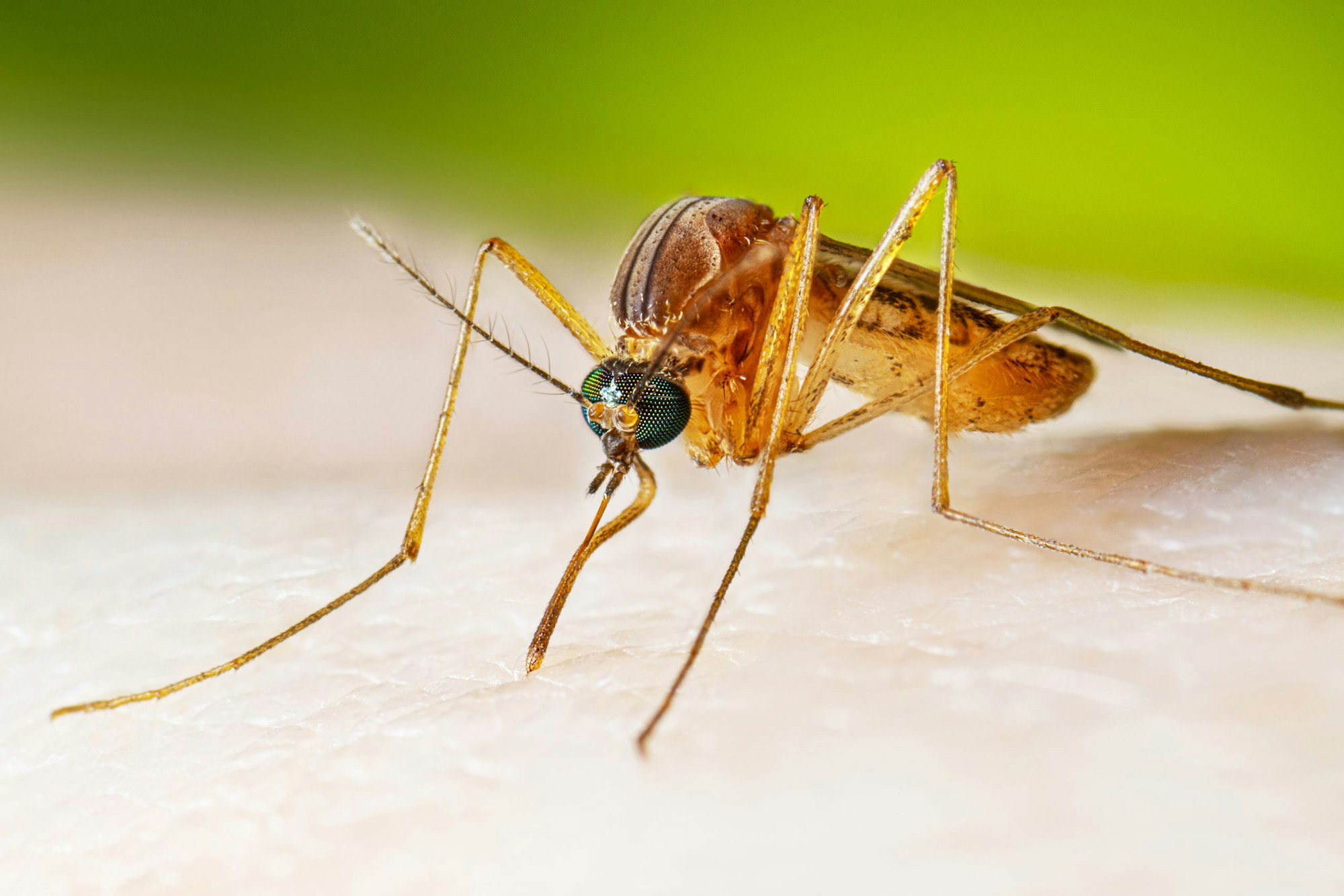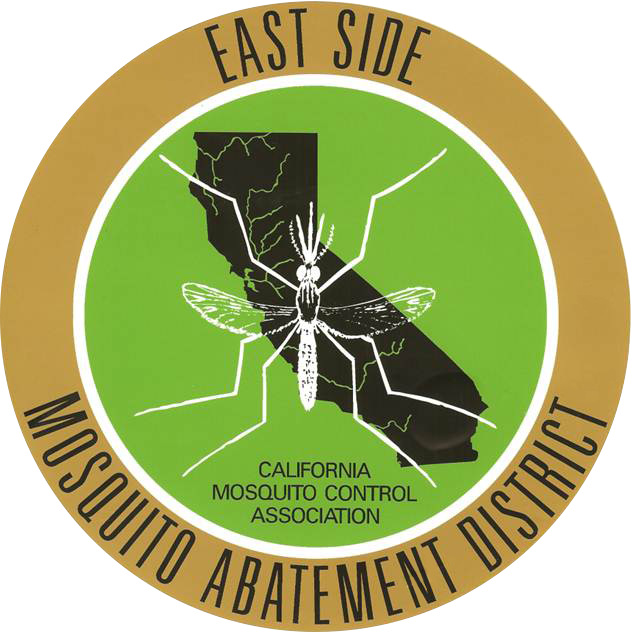Common Mosquitos of Stanislaus County
There are about 3,500 different species of mosquitoes in the world. California is home to 53 of these species with over 10 found in Stanislaus County. Each mosquito species has its own unique anatomy, reproductive cycle, and preferred habitat. It is important for our technicians and biologists to know which species are in the area so they can make informed decisions on treatment plans and disease prevention. Below are a few of the most common mosquitoes you might see in your area.

These small, black mosquitos are invasive to California and have only been present in Stanislaus County since 2019. Aedes aegypti are urban, container breeding mosquitos that exclusively feed on people. It is well adapted to living with people, and can lay its eggs in the smallest of containers like bottle caps, buckets, bird baths, flower pots, and yard drains. They are aggressive day biters both inside and outside of the home. These mosquitos are capable of transmitting several tropical disease including Chikungunya, Dengue, and Zika viruses. Although these diseases have not been detected locally, local transmission could start if an infected traveler is bitten by this mosquito in our neighborhoods. Dengue was detected in residents of the cities of Pasadena and Long Beach in Los Angeles County. The eggs of these mosquitos are capable of surviving over winter and hatching year round, thus residents have a responsibility to get rid of containers and other places where this mosquito lays its eggs. Since it only flies 250 feet from the area where it originally hatched, residents must corporate with their immediate neighbors to get rid of any breeding sources.

These light brown mosquitos love to breed in urban areas that contain standing water such as in ponds, bird baths, catch basins, storm drains, and neglected swimming pools. Culex pipiens are important vectors of West Nile, western equine encephalitis, and Saint Louis encephalitis viruses. This mosquito is most active at night during the summer and fall months. They prefer feeding on birds, but will also feed on humans and other mammals when available.
.jpg?ixlib=rb-1.1.0&w=2000&h=2000&fit=max&or=0&s=b8c818bdea7d154f56f8cb65cf2b3467)
This mosquito breeds in wetlands, duck clubs, and irrigated agriculture fields. Because of this, it is commonly seen in rural areas, but can also be found in the city. It is most distinguishable by inverted v-shaped (chevron) dark markings on each segment on the underside of their abdomen. Culex tarsalis is capable of spreading West Nile, western equine encephalitis, and Saint Louis encephalitis viruses. This mosquito is most active at night during the summer and fall months. They prefer feeding on birds, but will also feed on humans and other mammals when available.
These mosquitoes are commonly associated with pastoral areas because they favor breeding grounds in irrigated pastures and wetlands. While they serve as significant secondary vector of western equine encephalitis, their primary reputation lies in being a major nuisance in rural regions. Aedes melanimon exhibits a preference for mammalian hosts and displays peak activity both day and night, particularly during the spring and fall.
These mosquitos earn their common name by their close association with irrigated pastures. While not an important vector of human diseases, these mosquitos are still considered a major nuisance in rural areas. Aedes nigromaculis feed primarily on large mammals and humans during both the day and night hours. They can be seen in large numbers in the spring and fall.
These mosquitos are often found around irrigated pastures and woodland water pools. While they are not known as an important disease vector in our areas, they are considered a severe outdoor pest. Females are very aggressive day and nighttime biters. Their search for a meal can extend over distances of up to 10 miles, impacting both rural and urban communities throughout the spring to fall seasons.
This mosquito exhibits a distinctive breeding pattern, as it utilizes water-filled rot holes within trees. While it is not a significant vector of human diseases, it plays a central role in the transmission of dog heartworm within the region. Adult mosquitoes have a preference for small mammals but won't hesitate to feed on humans if they are in close proximity. Their peak activity occurs during the spring, and they are known to bite both day and night, most common on the eastern part of the district.
Think you may have some of these mosquitoes on your property? Are you being bitten during the day, at night, or both? Do you live in the city or the country? Check out this table below to help you predict which mosquito species might be bothering you!
| Urban | Rural | |
|---|---|---|
| Day | Aedes aegypti | |
| Night | Culex pipiens | Culex tarsalis, Anopheles freeborni |
| Day and Night | Aedes melanimon, Aedes nigromaculis, Aedes vexans, Aedes sierrensis |
